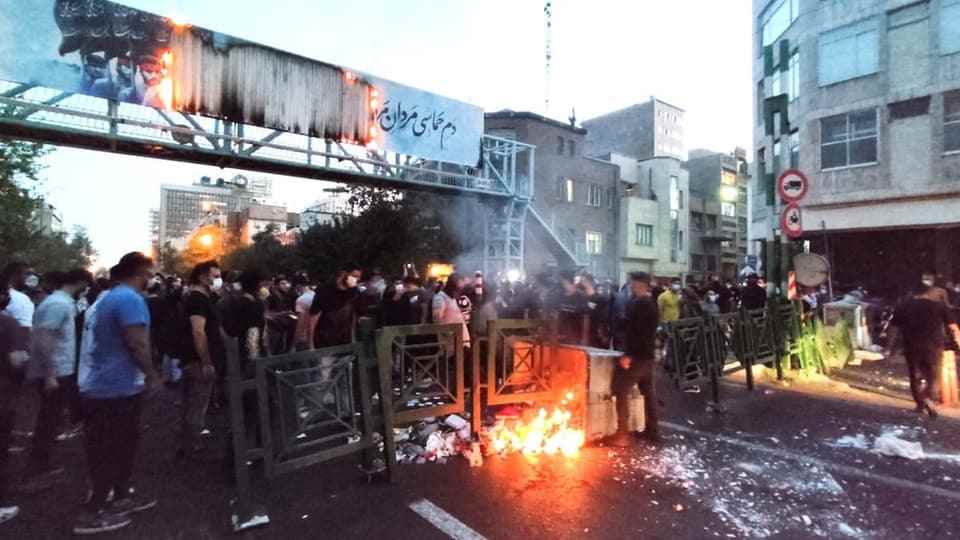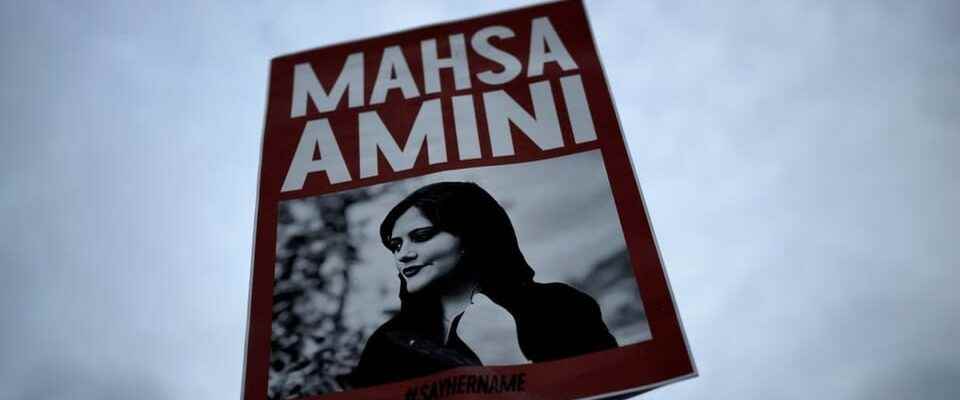contents
According to a human rights organization, 100 demonstrators face the death penalty. The regime is pursuing a cynical calculation.
The protests against the regime in Iran have been going on for more than three months. There are no conciliatory tones to be heard from Tehran. On the contrary: the security apparatus continues to take brutal action against demonstrators. And they should also feel the full harshness of the judiciary. According to the Oslo-based human rights organization Iran Human Rights (IHRNGO), around 100 people face the death penalty.
They would be charged with crimes punishable by execution in Iran. A significant proportion of those arrested are said to have had limited access to legal assistance. According to the report, 13 of those arrested have already been sentenced to death in summary proceedings.
Legend:
The trigger for the nationwide protests was the death of the Iranian Kurd Mahsa Amini. She died in police custody on September 16 after being arrested by the Morality Police for breaking the Islamic dress code.
Keystone/AP/Markus Schreiber
“The death sentences are intended to persuade people to stay at home,” says IHRNGO director Mahmood Amiry-Moghaddam, summing up the regime’s calculations. Although this has a “certain effect” on the protest movement, it only fuels people’s anger at the state power even more. “The strategy of sowing fear through death sentences is failing.”
In mid-December, the regime carried out two death sentences. The two 23-year-old demonstrators Mohsen Shekari and Majidreza Rahnavard were executed.
Strong signs of resistance
Karin Senz reports on Iran for ARD. She is currently in Istanbul. The executions had a shocking effect on people, she says. “The protests in the country have apparently become fewer.” It is difficult to say whether this is directly related to the executions. “But people are more likely to expect a marathon than a sprint anyway.”
According to the ARD correspondent, the situation in Iran is relatively calm at the moment. “But the protests haven’t died down.” People would gather at funerals, for example, where Islamic rituals would often no longer be performed, but instead dancing and music would be played. “That’s completely atypical in a country like Iran.”

Legend:
According to IHRNGO, 476 demonstrators have died in the protests since mid-December. According to the UN, at least 14,000 people were arrested in the first 100 days of the protest. Image: Anti-regime protest in Tehran, September 21, 2022.
Reuters
There are still strong signs of resistance across the country: “In the evenings, people are still shouting slogans like ‘Death to the Dictator’ from the balconies. And for today, protests were called again, even if such calls have recently come to nothing, »says Senz.
New self-confidence in women
The street scene in Iran has also changed. Apparently sustainable, as the German journalist reports. “Many Iranian women are demonstratively doing without the headscarf. Women have gained a new self-confidence in recent months.” However, Senz describes reports that the moral police have been abolished as a concession to the protest movement as a “stun grenade”: “Women still have to expect that they will be persecuted and punished if they don’t wear the headscarf.”
The protests are not only directed against discrimination against women, but also against the precarious economic situation in the country, the hardened clergy, corruption and the political class in general. She is not trusted to change anything for the better. “People see the protests as an opportunity to change something in their own country,” concludes Senz. “This could not be achieved through elections. The last few years have shown that.”
